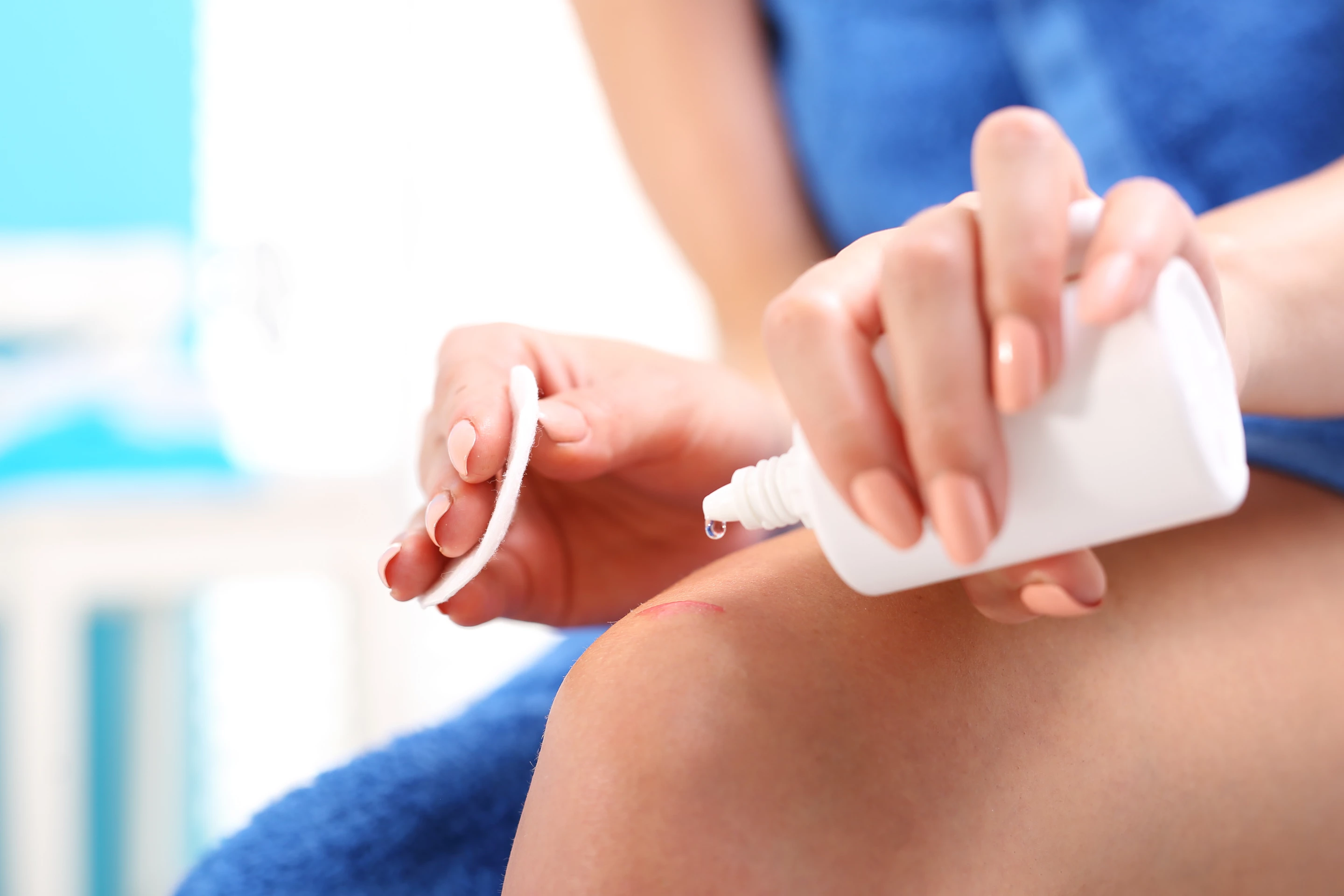Disinfectants are essential to fields such as medicine, yet they're difficult to ship to remote villages in developing nations. It may soon be possible to produce germ-killing hydrogen peroxide on-location, however, using just electricity, water and air.
Widely utilized as an antibacterial agent in various industries, hydrogen peroxide (H2O2) is basically just water with an extra oxygen atom.
In its commonly-used household formulation, it's mixed with regular water at a concentration of 3 percent H2O2 to 97 percent water – this means that shipping it involves also shipping a lot of water, making for big, heavy loads. It can be more highly concentrated, although it then becomes very reactive and thus potentially unsafe, requiring special shipping procedures.
While producing H2O2 onsite in remote areas could be one alternative, the manufacturing process is typically carried out in large energy-hungry chemical plants, where a steady supply of methane is required as a source of hydrogen. With that limitation in mind, scientists at MIT have developed a new technique, which can be incorporated into a compact, portable setup.
Although the procedure does still require some electricity, it's reportedly a small enough amount that it could be supplied by renewable sources such as solar panels or wind turbines.
That current is used to power an electrolyzer, which breaks regular water down into hydrogen and oxygen. The hydrogen atoms react and bind with a "mediator" molecule known as anthroquinone, which is then transferred into a separate unit filled with oxygen-rich water – that oxygen is obtained from the surrounding air.
Pairs of the mediator-carried hydrogen atoms then bind with single oxygen molecules within the water, forming hydrogen peroxide. And although the concentration of that H2O2 is fairly low for now, the scientists are confident that it can be significantly increased. The anthroquinone, meanwhile, is restored to its original state when the hydrogen goes off to bind with the oxygen, allowing it to be reused multiple times.
"It’s kind of an amazing process, because you take abundant things, water, air and electricity, that you can source locally, and you use it to make this important chemical that you can use to actually clean up the environment and for sanitation and water quality," says MIT's Prof. Yogesh Surendranath.
A paper on the research was recently published in the journal Joule.
Source: MIT




